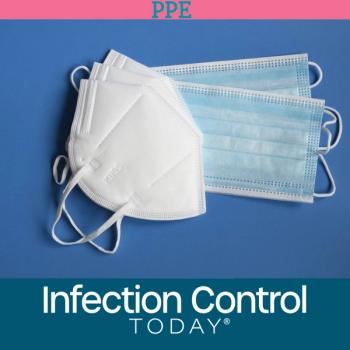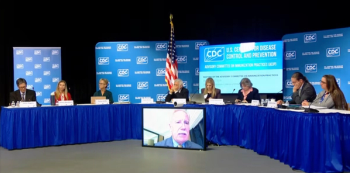
Researchers Study Frequency of Empiric Antibiotic De-Escalation
Expanding antimicrobial resistance patterns in the face of stagnant growth in novel antibiotic production underscores the importance of antibiotic stewardship in which de-escalation remains an integral component.
A retrospective, observational study was performed by review of randomly selected electronic medical records of 240 patients who received simultaneous piperacillin/tazobactam and vancomycin from January to December 2011 at an 885-bed tertiary care medical center. Patient characteristics including antibiotic regimen, duration and indication, culture results, length of stay, and hospital mortality were evaluated. Antibiotic de-escalation was defined as the use of narrower spectrum antibiotics or the discontinuation of antibiotics after initiation of piperacillin/tazobactam and vancomycin therapy. Subjects dying within 72 hours of antibiotic initiation were considered not de-escalated for subsequent analysis and were subtracted from the study population in determining a modified mortality rate.
The most commonly documented indications for piperacillin/tazobactam and vancomycin therapy were pneumonia and sepsis. Of the 240 patients studied, 151 (63%) had their antibiotic regimens de-escalated by 72 hours. The proportion of patients de-escalated by 96 hours with positive vs. negative cultures was similar, 71 percent and 72 percent, respectively. Median length of stay was four days shorter in de-escalated patients, and the difference in adjusted mortality was not significant (p = 0.82).
The empiric antibiotic regimens of approximately two-thirds of patients were de-escalated by 72 hours in an institution with a well-established antimicrobial stewardship program. While this study provides one plausible benchmark for antibiotic de-escalation, the researchers say that further studies, including evaluations of antibiotic appropriateness and patient outcomes, are needed to inform decisions on potential benchmarks for antibiotic de-escalation.
Reference: Liu P, et al. Frequency of empiric antibiotic de-escalation in an acute care hospital with an established Antimicrobial Stewardship Program. BMC Infectious Diseases. 2016;16:751
Newsletter
Stay prepared and protected with Infection Control Today's newsletter, delivering essential updates, best practices, and expert insights for infection preventionists.






